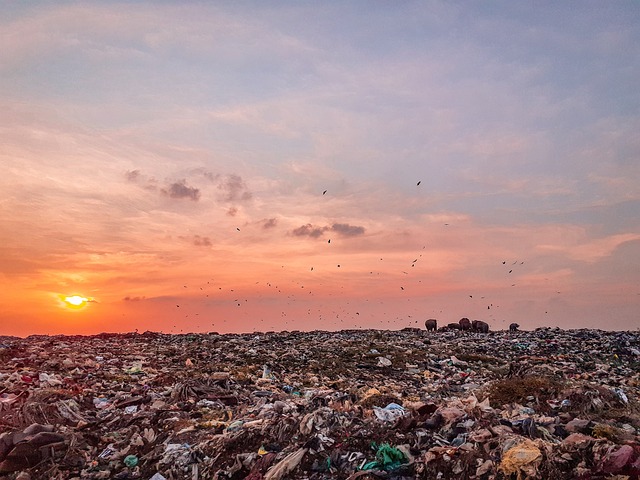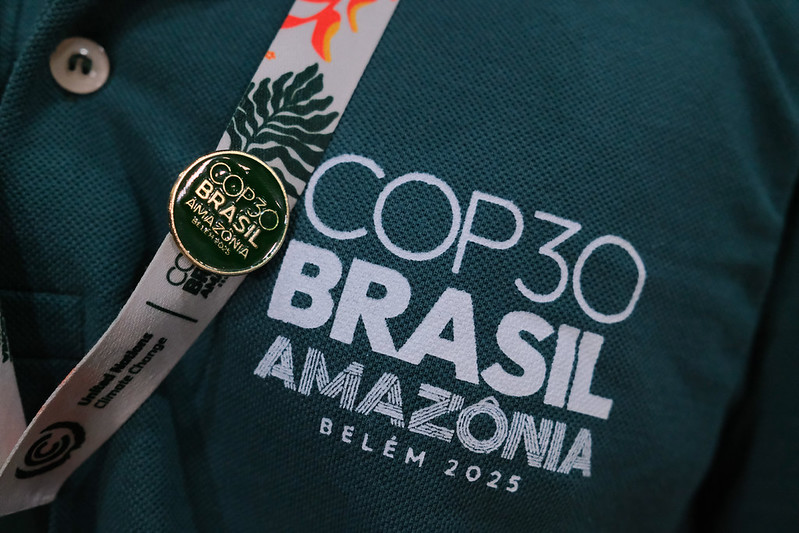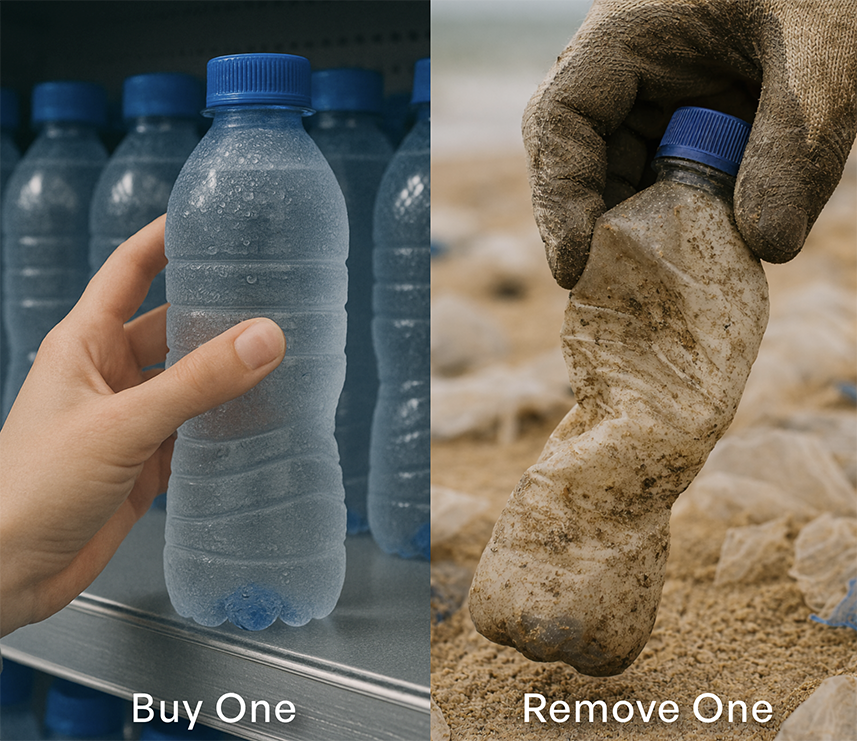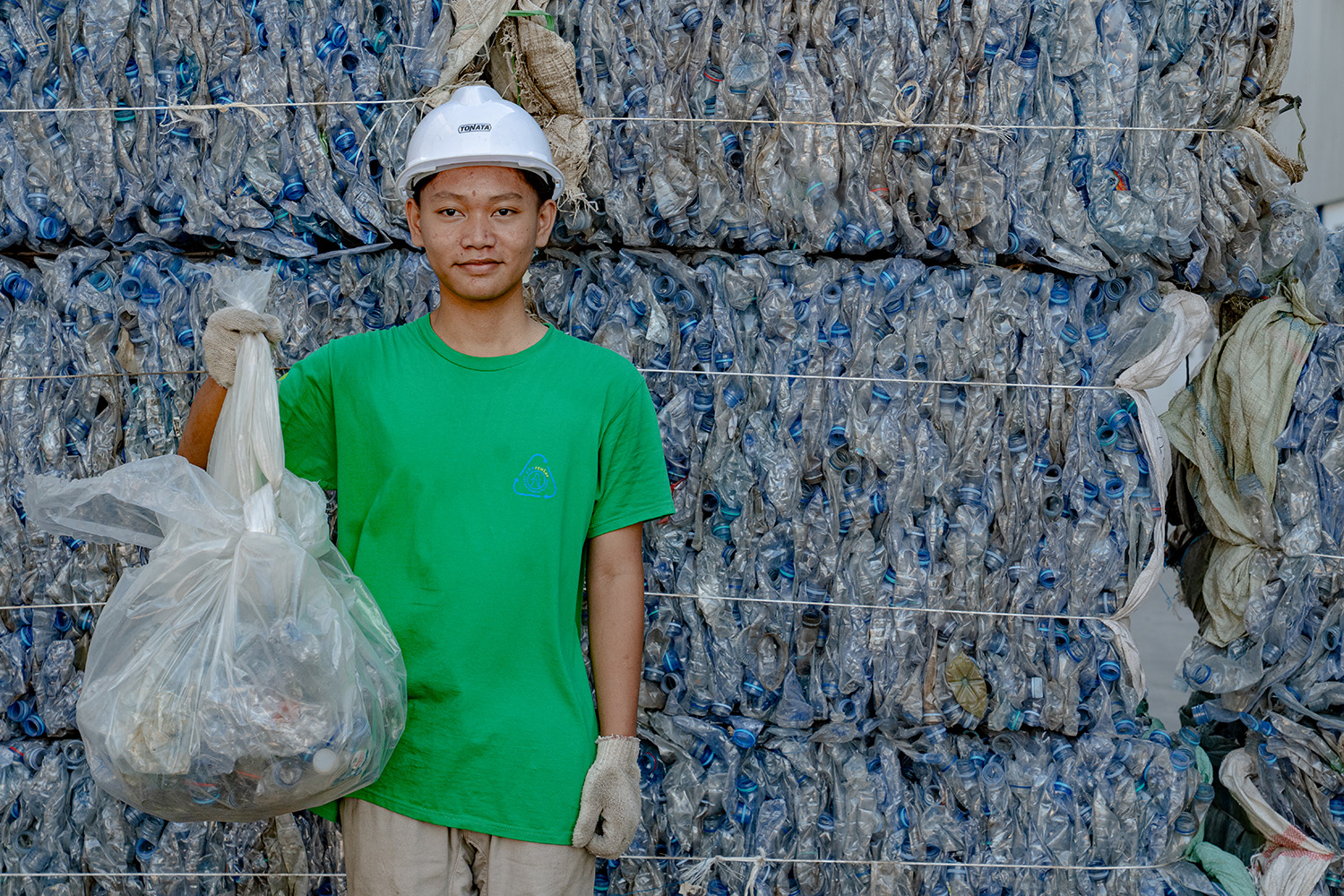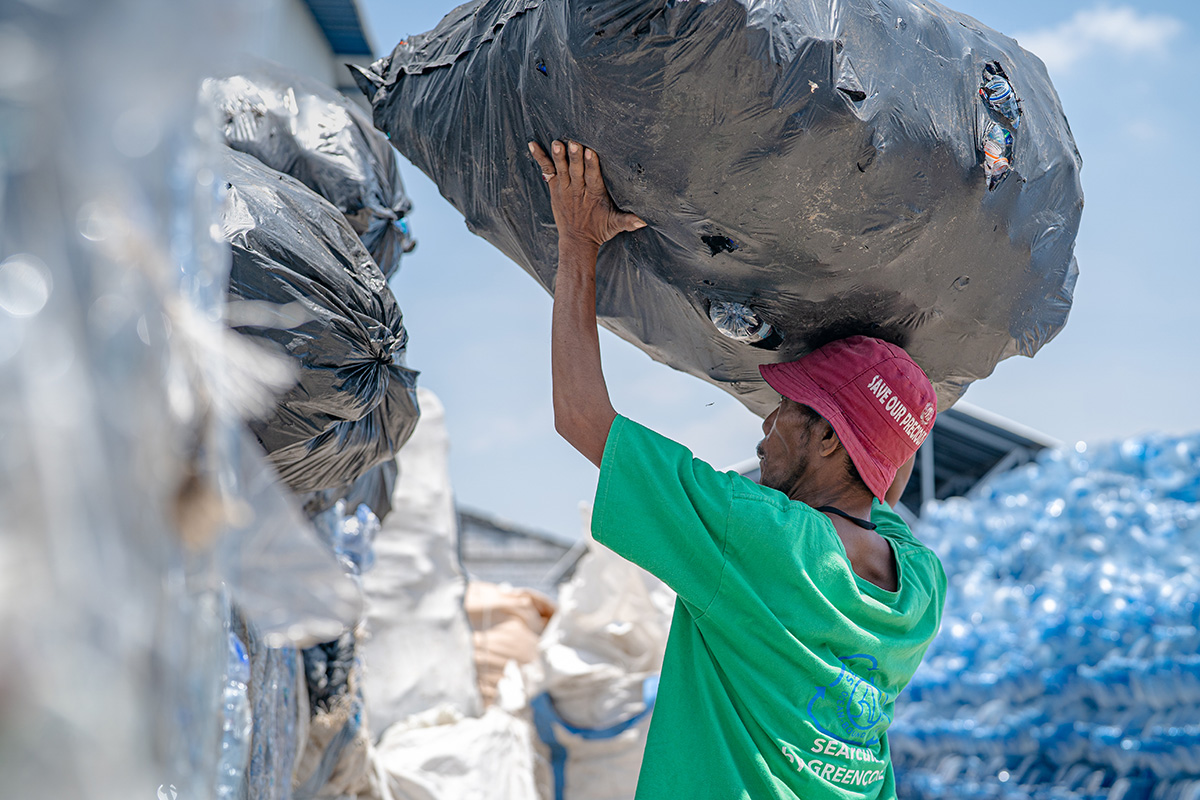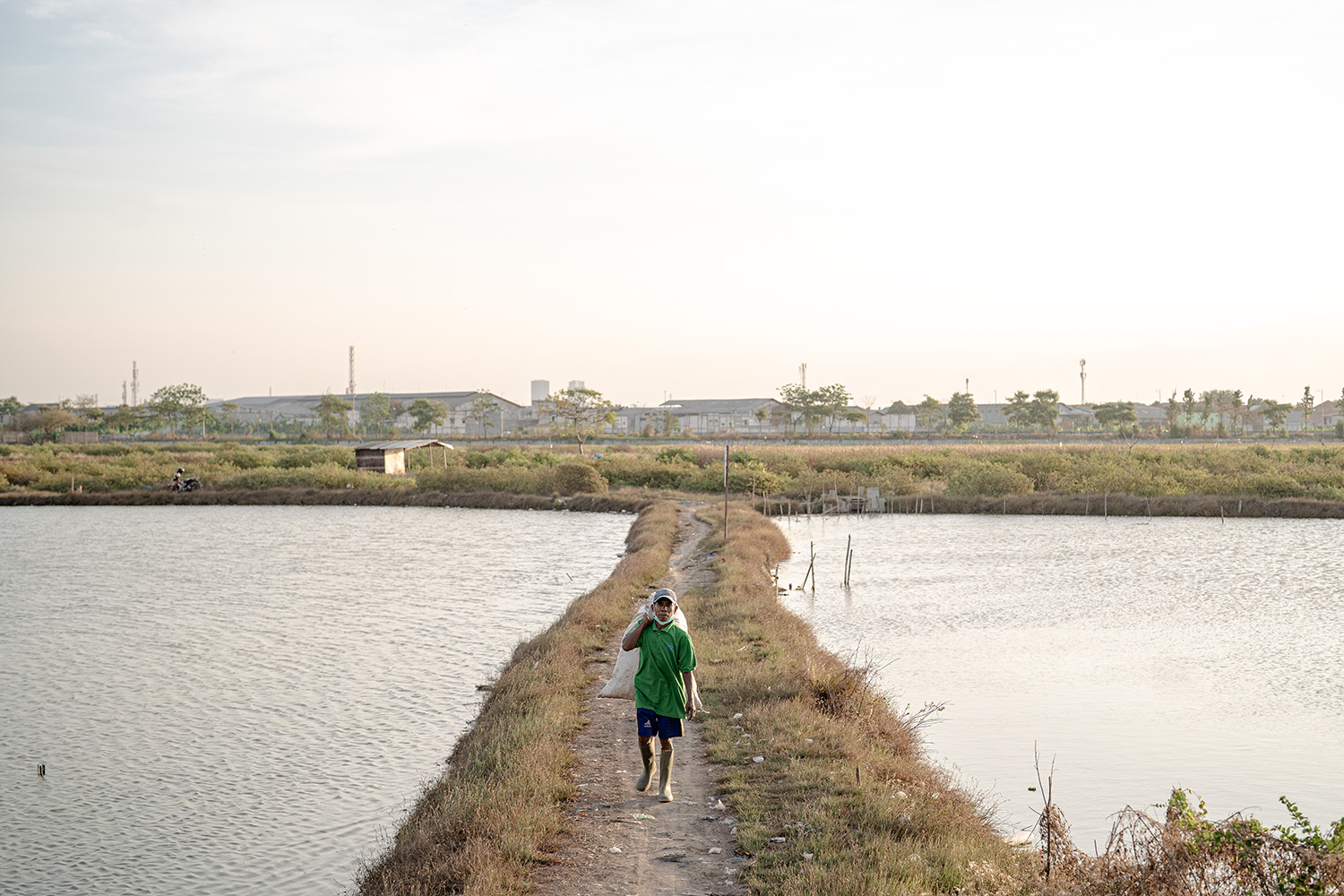Plastic has permeated every aspect of human life due to its durability, versatility, and affordability. However, the convenience of using plastic comes at a steep environmental cost.
The reality of plastic pollution extends beyond littered beaches and overflowing landfills. It impacts the ecosystem we depend upon. The aftermath of this man-made material is now an issue of great concern, which demands both attention and action.
The Plastic Pollution Crisis
The gravity of the plastic pollution crisis is hard to comprehend fully. Because plastic is non-biodegradable it can take up to a thousand years to decompose, meaning that the plastic waste we generate today, if left untreated, will be there for generations to come.
Plastic pollution is not just about how the material looks in ecosystems. A greater issue is the health and pollution impact it has on the environment.
Plastic materials have permeated our oceans, soil, and air, impacting both wildlife and human health. The gravity of the problem can be gauged by the fact that as stated by the United Nations (UN) plastic has become a part of the Earth’s fossil record and therefore is a marker of our current geological era.
The impact of plastic pollution is far-reaching. It threatens the survival of marine life, endangers wildlife, contributes to climate change, and poses a health risk to humans.
Global Plastic Production Scale
The sheer scale of global plastic production is staggering. According to the Institute of Environmental Management Assessment (IEMA) Since the 1950s, when plastic production began, it is estimated that around 8.3 billion metric tons of plastic have historically been manufactured. Worse – 6.3 billion tons of this plastic is already classed as discarded materials.
Unfortunately, the production of plastic shows no signs of slowing down. It is estimated that in 2060, plastic production will triple, and at that rate, this means that plastic manufacturer could increase to 1.1 billion tons produced annually. This dramatic increase will exacerbate the plastic pollution crisis, disastrously affecting the planet.
Furthermore, the production of plastic contributes to climate change. The process of manufacturing plastic releases carbon dioxide into the air, contributing to global warming. By 2050, plastic production and incineration emissions could account for 2.8 gigatons of CO2 per year.
The Lifespan of Plastic Items
The longevity of plastic items is another alarming fact about plastic pollution. Most plastic items have a lifespan that far exceeds their usage. For instance, a plastic straw used for just a few minutes has a decomposition rate that might take up to 200 years. A plastic bag, which may be used for an average of 15 minutes, can take 20 years to break down. Polyethylene Terephthalate (PET) is a plastic that is used in plastic packaging foods and beverages and takes the longest to break down, over a period of 500 years.
When plastic items are discarded, they do not biodegrade; instead, they slowly fragment into smaller pieces, known as microplastics. These microplastics are less than 5mm in diameter and become almost impossible to deal with. Plastic in this form can remain in the environment for centuries, infiltrating ecosystems and causing harm to wildlife and humans.
The extended lifespan of plastic items makes the management of discarded resources a significant challenge. Disposal methods such as incineration or landfilling are not sustainable solutions, as they either contribute to air pollution or result in the leaching of toxic substances into the soil and water bodies.
Plastic Pollution in the Ocean
One of the most visible manifestations of plastic pollution is in the ocean. As highlighted by The National Geographic it was once thought that around 8 million metric tons of plastic waste entered the sea each year. However, it is thought that this figure is vastly underestimated and could be as high as 15 million tons each and every year.
Marine plastic is not confined to a specific region. Plastic has been found in every corner of the world’s oceans from the surface to the deepest sea trenches. Moreover, plastic debris in the ocean does not remain static, it is carried by ocean currents, forming massive garbage patches in the marine environment. The largest of these is the Great Pacific Garbage Patch, which is thought to be around twice the size of Texas.
Plastics are a massive problem for the world’s oceans as they litter the ocean landscape, clog waterways, and contribute to the massive plastic gyres found in our oceans.
The Impact of Plastic Pollution on Wildlife
Plastic pollution has a terrible impact on wildlife. More than 700 species, including endangered ones, have been affected by plastic pollution.
Ocean plastic pollution has severe implications for marine life. Marine animals can entangle or ingest plastic debris, often causing injury or death. Microplastics have also been found in the bodies of tiny plankton, the base of the ocean food chain, indicating that plastic pollution impacts the entire marine ecosystem.
Birds, sea turtles, seals, seabirds, whales, and countless other marine mammals and species have been found with plastic in their stomachs. Plastic can block the digestive tract or accumulate in the stomach, causing starvation, malnutrition, and, ultimately, death. In some cases, animals are physically impaired or killed by plastic debris through entanglement or suffocation.
Moreover, plastic particles and pieces of plastic can absorb environmental pollutants, which animals ingest. This can lead to intoxication, causing severe health issues or death. The impact of plastic pollution on wildlife reinforces the need for action to tackle this problem and to reduce the tonnes of plastic we produce every year.
Plastics and Human Health
The reach of plastic pollution is not limited to the environment and wildlife, it affects human health as well. Humans can be exposed to plastic and its toxins through various pathways, including ingestion, inhalation, and dermal contact.
Research has shown that microplastics are present in our food chain. They have been found in various food items, including fish, sea salt, and drinking water. When ingested, these microplastics can release harmful chemicals, such as bisphenol A (BPA) and phthalates, linked to various health issues, including hormonal disruption, reproductive problems, and increased risk of certain cancers.
In addition to ingestion, humans can be exposed to plastic-related toxins through the air. When discarded resources are improperly disposed of and incinerated, it releases toxic fumes into the atmosphere, which humans can inhale. Long-term exposure to plastic pollutants in our daily lives can lead to respiratory problems and increased heart disease risk.
Plastics are also a contributor to greenhouse gas and global warming since they often use fossil fuels in their manufacturer.
Single-Use Plastics
Single-use plastics, also known as disposable plastics, are a type of plastic that, as the name suggests, are used once and then they are discarded. These plastics include plastic bags, straws, coffee stirrers, water bottles, and plastic packaging. Despite their short-term use, these items have to the potential to remain in the environment for hundreds to thousands of years. Out of all the plastic items we use, single-use plastic bottles are one of the biggest polluters. To put this into context, currently, more than one million bottles of water are sold every minute.
Single-use plastics are a major contributor to plastic pollution and marine debris and in terms of plastic consumption they are estimated to account for nearly half of the discarded materials generated globally. The convenience of single use plastics has led to a throwaway culture, where items are used briefly and discarded, leading to a significant waste management challenge.
Out of the estimated 380 million tons of plastic that is produced every year, it is believed that as much as 50% of the plastic that is manufactured is for single-use purposes. To put this into perspective, some figures suggest that five trillion plastic bags are used worldwide every year.
The impact of single-use plastics on the environment is profound. Their elimination or reduction is critical to addressing the plastic pollution crisis.
Plastic Recycling
Despite the growing awareness about plastic pollution, the rate of plastic recycling remains low. Globally, only around 9% of all plastic materials ever produced has been recycled. The rest has been incinerated, sent to landfills, or discarded into the natural environment.
The low rate of plastic recycling can be attributed to several factors. These include the lack of recycling infrastructure in many parts of the world, the high cost of recycling compared to the manufacture and production of new plastic, and the complexity of these discarded resources, which often contains a mix of different types of plastics and materials that are difficult to separate and recycle.
While recycling is an integral part of the solution to plastic pollution, it is not a solution. It is an activity that deals with plastic materials after its creation. To truly address the plastic pollution crisis, solutions are needed that prevent plastic waste from being generated in the first place, and plastic that is manufactured should be for reuse and not just for single use.
Plastic Resource Recovery Issues
The day-to-day management of plastic materials is a challenge. The sheer volume of discarded resources generated globally, combined with the long lifespan of plastic items and the low recycling rate, results in a mounting plastic resource recovery crisis.
In many parts of the world, resource recovery systems are overwhelmed by the amount of plastic waste. This leads to discarded resources being dumped in the environment or sent to landfills, which can leach undesirable chemicals into the soil and water.
In addition to the environmental impact, the plastic resource recovery crisis has social implications. In many developing countries, waste pickers who collect and sort plastic material often work in hazardous conditions without adequate protection or recognition.
Economic Cost of Plastic Pollution
The economic cost of plastic pollution is substantial. It impacts various sectors, including tourism, fishing, and shipping. Beaches littered with plastic materials deter tourists, while plastic debris in the ocean can damage fishing gear and vessels, leading to economic losses.
Moreover, the cost of managing discarded resources is considerable. Municipalities spend significant amounts of money collecting, sorting, and disposing of plastic materials. In many cases, these costs are not covered by the producers of plastic items but are borne by the public.
The economic cost of plastic pollution also includes the costs associated with its environmental and health impacts. These can consist of the costs of cleaning up plastic litter, the loss of biodiversity, and the health costs associated with exposure to plastic-related toxins.
Solutions and Alternatives to Plastic
While the facts about plastic pollution are alarming, there are solutions and alternatives to plastic that can help mitigate this crisis. These include reducing the overall production and consumption of plastic, promoting the use of alternative materials, improving resource recovery systems, and enhancing recycling rates.
Reducing the production and consumption of plastic involves shifting away from a linear economy, where items are made, used, and discarded, to a circular economy, where resources are kept in use for as long as possible. This can involve measures like banning single-use plastics, implementing deposit return schemes, and promoting the use of reusable items.
Alternative materials to plastic include biodegradable and compostable materials, as well as materials that are easily recyclable. However, these alternatives must be used responsibly, as they can also have environmental impacts if not properly managed.
Improving resource recovery systems is vital in addressing the plastic waste management crisis. This can involve investing in recycling infrastructure, implementing waste separation and collection schemes, and promoting resource reduction and recycling among the public.
At an individual level it is worth being aware of the pounds of plastic that is used each year and actively reducing its use where possible.
The Waste Hierarchy
The Waste Hierarchy is a crucial step towards achieving a sustainable future. It is a systematic approach that prioritizes resource management strategies according to their environmental impact. It encourages activities that prevent, reduce, and manage waste to maximize resource conservation and minimize environmental harm.
The Waste Hierarchy consists of five layers. The top layer, considered the best option, is to reduce, rethink, and redesign products to eliminate waste at the manufacturing point.
The next level is to reuse, repair, and repurpose materials. The goal here is to keep the lifecycle of products that are manufactured in use for as long as possible.
Further down the hierarchy, under these two initial layers, the three subsequent layers are concerned with the materials’ disposal or reuse. When it comes to disposal, the best option is to recycle the material so that it can be used for longer and create valuable items.
The next layer is concerned with recovering value sustainably to get the maximum amount of resources out of the materials in a way that does not increase emissions.
Finally, the last option is to dispose of the item. The goal here is to remove any harmful or dangerous chemicals from the material and dispose of it in a managed way. Since this adds little value, this is at the bottom of the hierarchy and is considered the least favorable option.
Each element of the waste hierarchy represents a specific resource management strategy, with a particular role in minimizing waste and conserving resources.
How The Plastic Collective Helps
The Plastic Collective provides resource recovery and plastic recycling machinery around the world. We support communities to recover and recycle plastic and turn old plastic materials into valuable recycled products which adds valuable income to a community. We also provide education and training services.
Individuals and businesses can support the work of The Plastic Collective in a number of different ways through donations or by subscribing to become a plastic neutral citizen.
The Plastic Collective also supports businesses to reduce their plastic footprint through the use of a plastic offsetting scheme. When a business signs up to become plastic neutral through The Plastic Collective, we will review your plastic use and help you form a strategy to reduce plastic use within the business to ultimately work towards becoming plastic neutral.
Image by Karuvadgraphy from Pixabay
